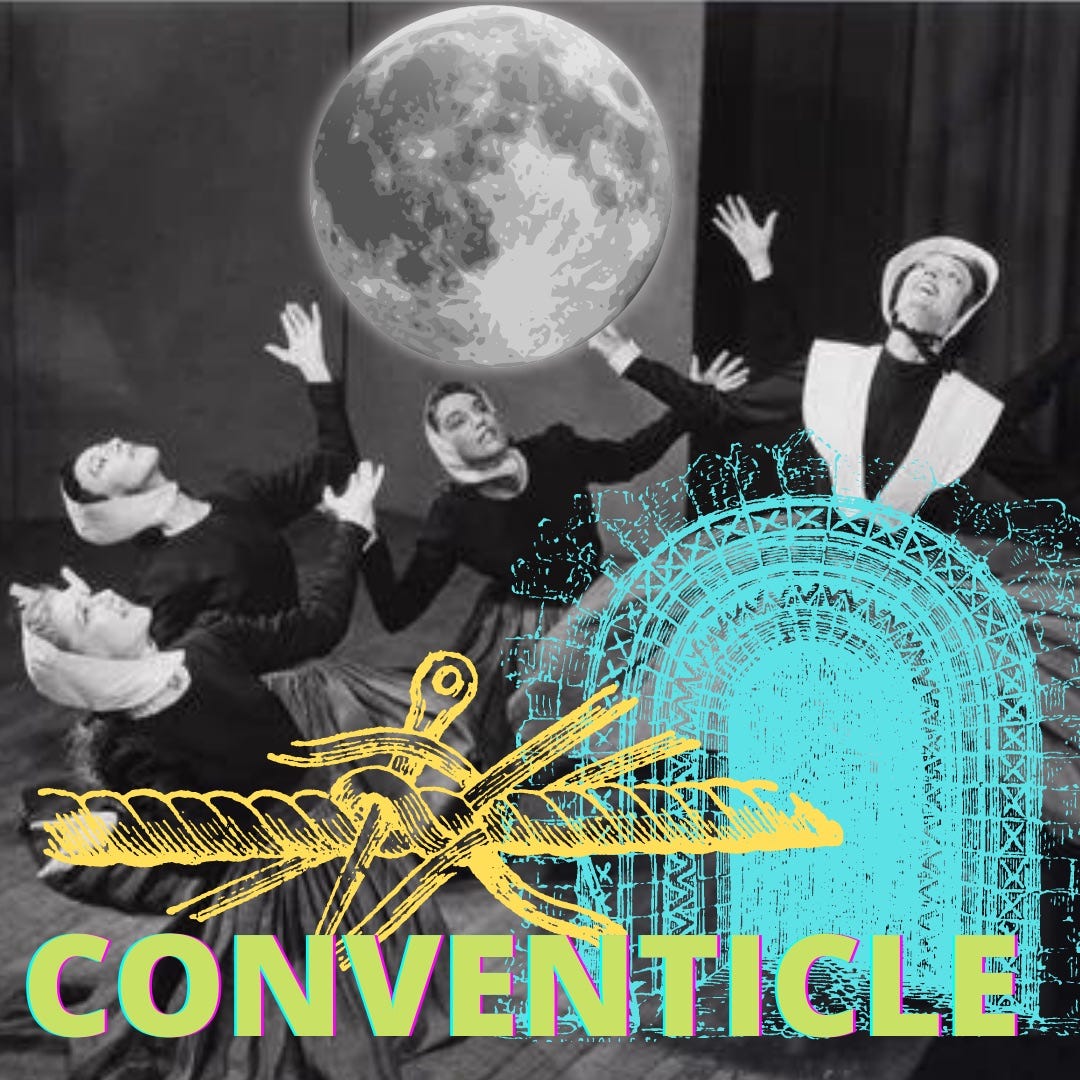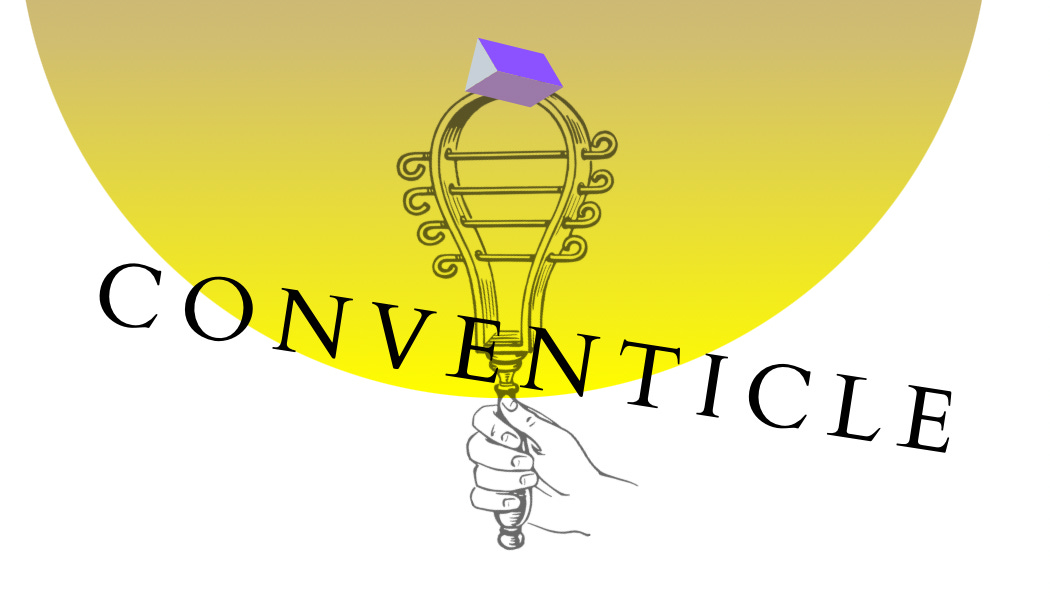Conventicle is the newsletter and podcast for annsisters, a project by Diana Limbach Lempel
Conventicle is a space for conversation about women’s history, lineage work, food, folklore, and #civicanimism (community-minded practices based in the belief that all the Earth and matter are living beings). I ask questions about how I can connect to my inheritance for the good of the future. I am often wondering: what does “New England” mean for the 21st century? And: when should I start prepping for the climate apocalypse?
Here you’ll find Puritans real and imagined, 19th c. women intellectuals, schoolmarms and housewives, witches, needleworkers and cooks, feminist utopians, feminist dystopians, family historians and university historians, ancestralists, artists and dancers, librarians, mystic nuns, herbalists, and any other “annsisters” that I can get my brain around.
who are you?
Conventicle is written and created by Diana Ruta Limbach Lempel. My work is rooted in my own place and lineage traditions. I live now on the quinobequin (Charles) and kwinitekw (Connecticut) rivers; I was born in Northern California, and I am descended from Mayflower passengers, 19th century German and French immigrants, a military pilot, Pennsylvania farmers, Sicilian, Greek and Jewish immigrants, and at least one psychic medium. I left a PhD at Harvard in order to tell stories that were weirder, less bound to the archive, and more embedded in daily life than I could have done as an academic. For almost a decade I studied with sociologists, urban planners, architects, anthropologists, and historians, and worked in small community settings and everyone from teens to elders on telling stories about where they live. Now I am bringing that experience to you, and asking a new question: how do we play the long game, when it feels like the world is falling apart? What do we keep, and how do we save it, and who can show us the way?
What’s a conventicle?
A conventicle is a secret meeting of religious freethinkers or heretics. The particular conventicle that inspires this newsletter is the one that Anne Hutchinson, Puritan mystic midwife, led in the early years of Boston (around 1640). Her midwifery clients gathered to hear and discuss radical ideas about God and their relationship to the divine. This made the leaders of the colony so afraid that she was excommunicated, after a lengthy testimony in which she made clear that she was brilliant, brave, and with the support of her conventicle, powerful. Conventicle and annsisters began as projects dedicated to the spaces that women make together, whether physical, emotional, or metaphorical.
who is that old lady?
She’s Elizabeth Palmer Peabody, my fifth-ish cousin : publisher of Henry David Thoreau, literary agent of Nathaniel Hawthorne, a mystical old biddy and the founder of American kindergarten. Peabody once recalled that she had as a child misheard the word “ancestors” as “annsisters,” who became in her imagination a procession of white robed Puritans named Ann. To me, “annsisters” are the women ancestors that we need and imagine for ourselves, not just the ones on our family tree, and their role is not just in the past but in the dreams we have for the future.
What is that rattle thingy?
It’s a sistrum. Which is cool because it sounds like “sister” and was an instrument dedicated to the goddess Isis in ancient Egypt, but I’ve chosen it as a symbol here because it was something Margaret Fuller, first wave power feminist, loved. She thought that its metallic clamor was the jarring sound of a radical future coming. She wanted to have one carved onto a jewel for herself, which maybe is the equivalent of getting it as a tattoo for us?





